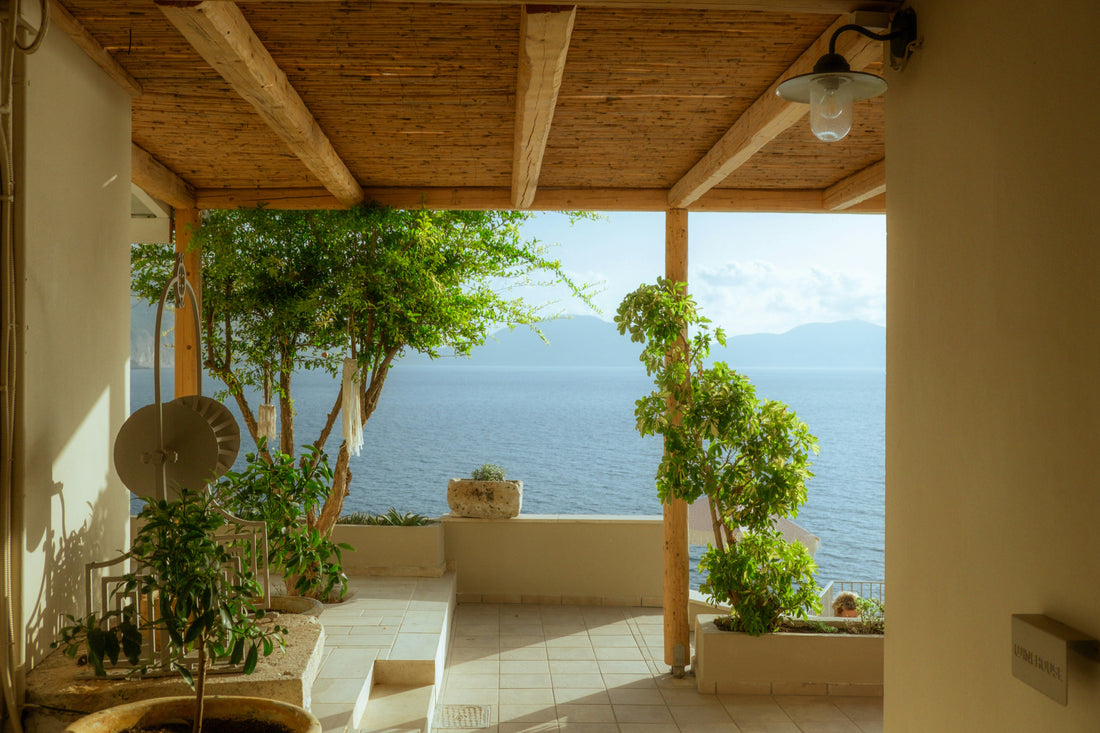
Minimalism vs. Maximalism: Which Home Style Fits You Best?
Feeling inspired to refresh your space, but unsure which decorating approach fits you: a clean, clutter-free minimalism style house or a vibrant, personality-packed maximalist home? Both styles have dedicated fans and unique benefits. This guide explores their differences to help you find a look that matches your lifestyle and personality.
What Defines a Minimalism Style House?

A minimalism style house strips away excess, focusing on what’s essential. Its mantra—less is more—translates into uncluttered layouts, simple forms, and a serene atmosphere.
- Clean Lines and Neutral Palettes: Minimalist homes often use whites, soft greys, or earth tones. Furniture favors simple shapes without ornate details or excessive patterns.
- Streamlined Furnishings: Surfaces remain clear. Each item serves a clear purpose—think multifunctional pieces like storage ottomans or foldable dining tables.
- Emphasis on Space: A minimalism style house embraces open areas. Negative space is intentional, creating balance and clarity.
- Natural Light: Large, unadorned windows let sunlight pour in, making spaces feel bigger and more calming.
Minimalism promotes calm by eliminating visual clutter. For busy households or those seeking mental clarity, this approach can feel like a breath of fresh air.
The Maximalist Approach: Bold, Layered, Personal
Maximalism is all about embracing abundance. Instead of stripping back, this style celebrates colors, patterns, and treasured items.
- Vivid Colors and Patterns: Expect lively wallpapers, jewel-tone velvet couches, gallery walls, and mixed prints.
- Layered Decor: Shelves may overflow with books and mementos, each telling a personal story. Rugs, pillows, and throws add coziness and visual interest.
- Individual Expression: Maximalist homes reflect their owners’ tastes and travels. Each room feels curated, filled with items that spark joy.
- Eclectic Mixes: Vintage meets modern. Artisanal craft sits beside mass-market treasures. There are no strict rules—just a focus on what feels meaningful.
For those who find inspiration in variety, maximalism turns everyday settings into visual feasts. It radiates warmth, creativity, and personal history.
Pros and Cons: Which Style Suits You?
There’s no universal best—only what fits your lifestyle, preferences, and habits. Consider these points as you weigh each approach:
Minimalism Style House
- Pros:Easier to clean and maintain.Reduces distractions, enhancing mental clarity.Creates a calming, airy atmosphere.
- Cons:May feel stark or impersonal if overdone.Storage and seating options might be limited.
Maximalism
- Pros:Showcases personality and creativity.Spaces feel lived-in and welcoming.Allows frequent refreshes, mixing new pieces in.
- Cons:Can be harder to keep dust-free and organized.Risk of feeling crowded or chaotic.
The best style may depend on your lifestyle. Do you crave sanctuary and simplicity, or do you love being surrounded by your favorite sights and stories?
Blending Both Styles: Finding Your Balance
You don’t have to pick just one. Many happy homeowners blend elements from each approach. A minimalist base with a few statement pieces can offer visual calm without feeling austere. Alternatively, maximalism can benefit from focused curation—editing collections so each item is meaningful.
Tips to find your sweet spot:
- Start with neutral basics, layering in color through smaller pieces.
- Only display items that you genuinely love or use regularly.
- Embrace storage solutions to keep visual clutter in check, even in busy spaces.
- Don’t be afraid to rotate art or decor seasonally for a fresh feel.
How to Decide: Questions to Ask Yourself
Still unsure whether a minimalism style house or a maximalist look makes sense for you? Reflect on these questions:
- How much time do you want to spend cleaning or tidying?
- Do calm, uncluttered spaces help you relax—or do they feel empty?
- Do you prefer investing in a few durable, high-quality items or adding variety often?
- What brings you more joy: showcasing your collections or enjoying blank space?
Your answers should guide your decorating path and help you create a home where you feel comfortable and inspired every day.
